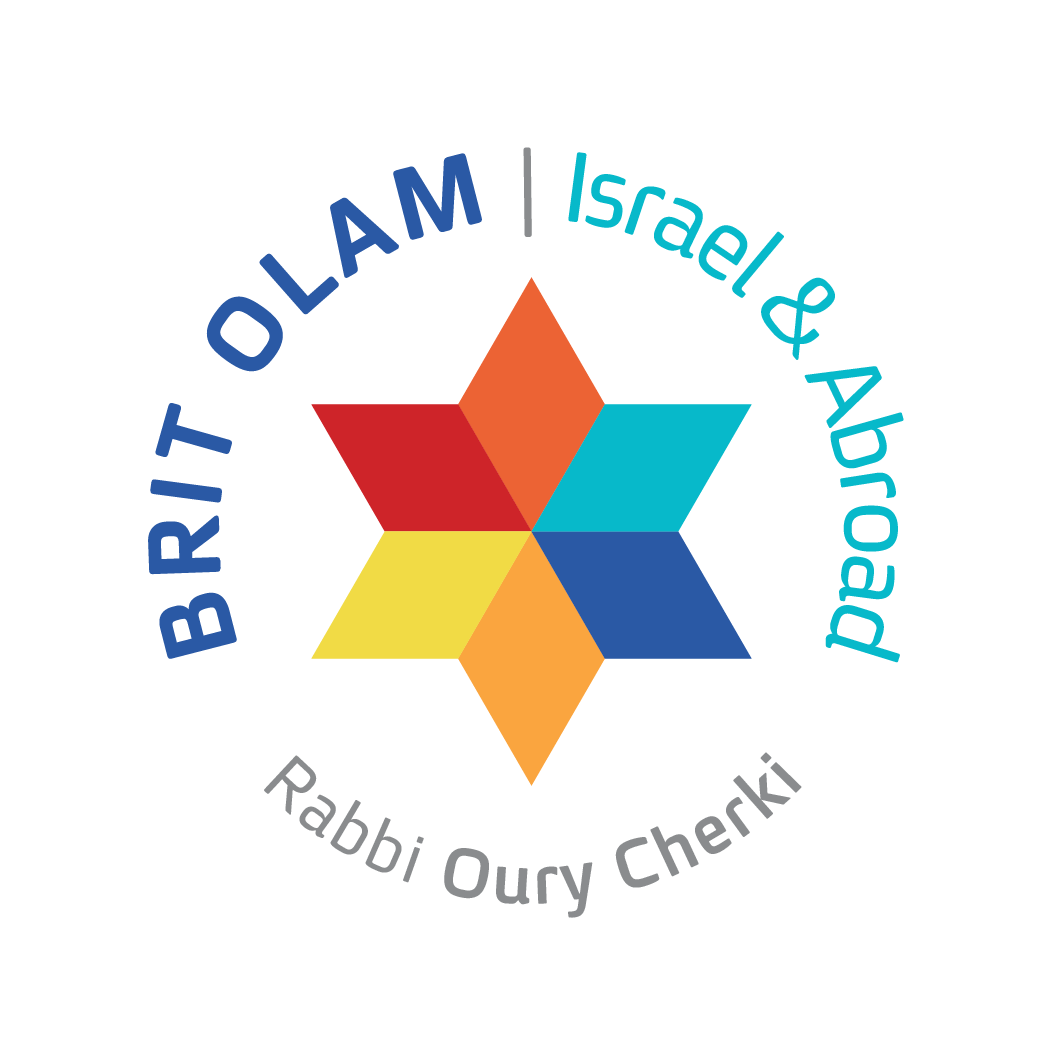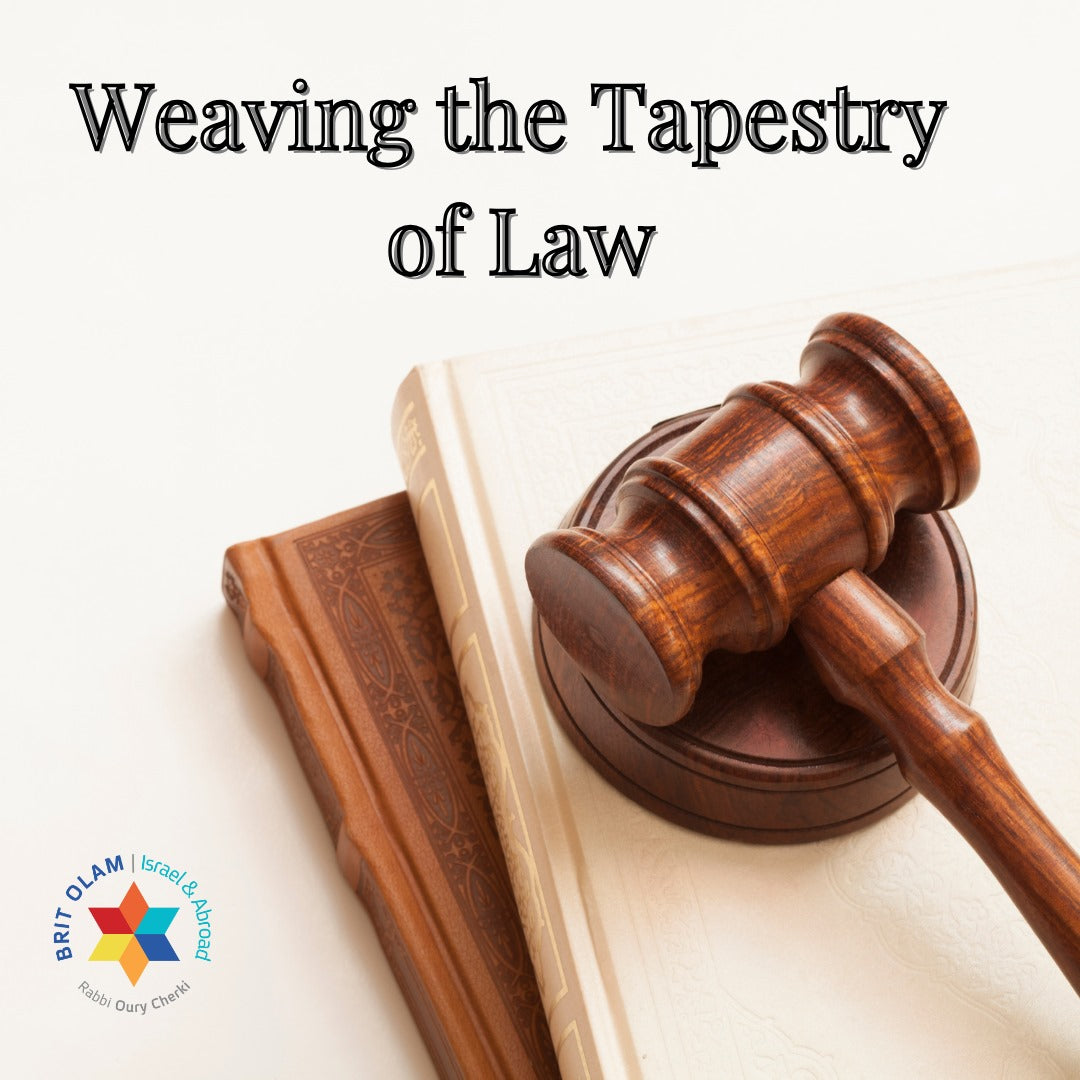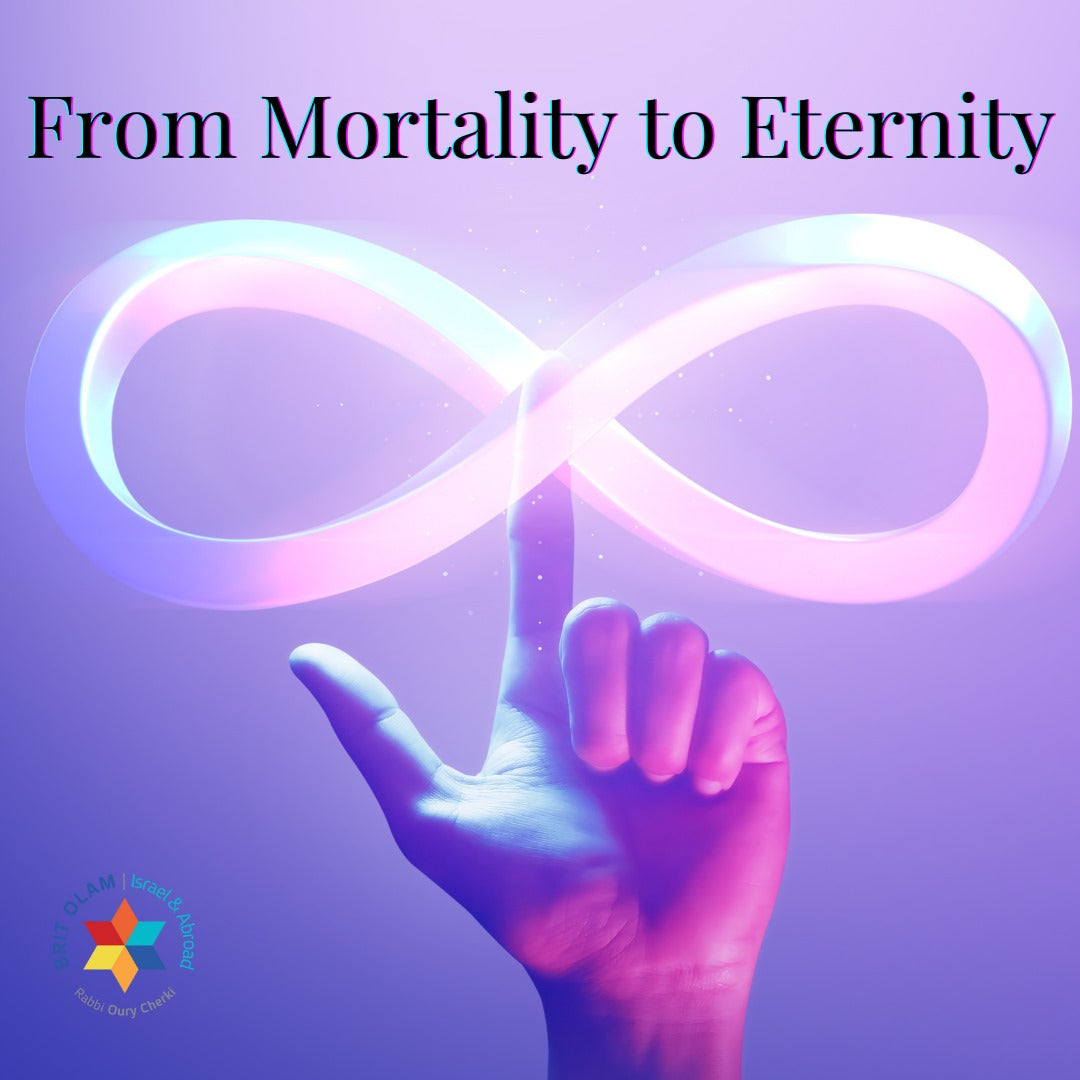The primary theme of Parashat Emor is the sanctity of times, featuring a comprehensive list of the Jewish festivals starting from the Sabbath, Rosh Chodesh (new months), Passover, the Festival of Unleavened Bread, the Seventh day of Passover, Shavuot, Rosh Hashanah, Yom Kippur, and Sukkot. All these festivals are connected in various ways to the Temple, linking the sanctity of time to the sanctity of the place, as detailed in the Book of Leviticus. This extensive list is quite impressive.
However, at the end of this list, there is a peculiar verse- "And Moses told the children of Israel [these laws] of the Lord's appointed [holy days].” (Leviticus, 23;44). This statement might seem trivial and banal, as it is evident that when the Holy One, blessed be He, told Moses to convey something to the children of Israel, Moses went and spoke to them. So, why is there a need to state, "Moses declared the festivals of the LORD"? We can learn from this that Moses taught the children of Israel how to continue and sanctify additional times beyond the Torah's festivals. These festivals in the Torah are meant to remind us of the events of the Exodus, marking various stages of the Exodus. But throughout history, the Holy One, blessed be He, continues to reveal Himself to the people of Israel through other special events like Hanukkah, Purim, and more.
Immediately following the verse about Moses declaring the festivals, there is a seemingly out-of-place section about the oil used in the Menorah in the Temple. We see here a hint that right after Sukkot, there is a festival connected to the Menorah of the Temple that would appear later in history—this is Hanukkah, the festival of the Hasmoneans, suggesting that new sanctities of time emanate from the Temple.
Following this, there is a smaller section about the showbread, consisting of 12 loaves. Bread is the foundation of every meal, hinting at a future festival centered around a meal occurring in the 12th month, which is Adar—thus, we have the foundation for the celebration of Purim.
What comes next? A somber section about the blasphemer, who is ambiguously related either to the Jewish people or to the Egyptian nation. He is Hebrew through his mother from the tribe of Dan, but culturally Egyptian through his father, similar to Moses. As a redeemer, Moses has connections to both the Egyptian culture and the Hebrew nation, his home. Hence, Moses had difficulty speaking.
Similarly, this blasphemer, who also has difficulty expressing himself, speaks insolently. Ultimately, he is frustrated when all who hear him seemingly lay their hands on his head as though he were a sacrificial service outside the Temple. This foretells a third future festival that will arise from audacity—the audacity of the children of Israel in the generation that brings redemption, Independence Day. Thus, we have hints of long-term historical processes that emerge from the sacred and complete the sanctity of times through the children of Israel.



